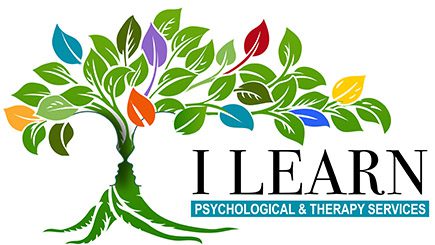DYSLEXIA
Dyslexia is perhaps one of the most misunderstood definitions of learning disability that exists. Many area teachers, special education teachers, and educational clinicians have very different understandings of what the definition for dyslexia entails, which often results in the word not being used in describing learning disabilities. Since the inception of the term dyslexia, there are now more than 70 names to describe dyslexia's various aspects. A new perspective in defining dyslexia has arisen and sheds light on this often misunderstood condition.
A New Perspective...
In 1982 the term Visual-Spatial was coined by Dr. Linda Silverman to describe a specific learning style which is often not addressed in the traditional American classroom. Her research shows that children with this learning style think primarily in pictures, not words. These learners also tend to have difficulty with verbal-sequential tasks. Since all of the visual-spatial traits are also exhibited in the dyslexic, it is probable that dyslexia is a subset of the visual-spatial learning style.
During the same year (1982) an important new perspective of dyslexia was emerging from the Reading Research Council established by Ronald D. Davis, author of The Gift of Dyslexia. Mr. Davis himself experienced severe reading difficulties as a result of dyslexia. He also understood picture thinking and the influence that it had over reading acquisition. Mr. Davis was also able to identify disorientation (perception and reality do not agree), as the basis of the perceptual issues that dyslexics experience.
Dyslexia is not an illness, genetic flaw or malformation of the brain. Dyslexia is a product of thought and a special way of reacting to confusion. It is not limited to the reversals of letters and words as commonly thought. It does, however, manifest in problems in the classroom such as attention, listening, processing directions, and the inefficient acquisition of reading, writing, and spelling skills. The traditional classroom is primarily designed for the verbal-sequential learner, and the dyslexic is often confused and frustrated in that environment.
Dyslexics are not all the same but tend to have certain characteristics in common (the following excerpt is from http://www.dyslexia.com/bookstore/firstchapter.htm).
- They can utilize the brain's ability to alter and create perceptions.
- They are highly aware of their environment.
- They are curious.
- They think mainly in pictures instead of words.
- They think and perceive multi-dimensionally.
- They have vivid imaginations.
- They are disoriented in time and space.
- They daydream excessively
- They are highly intuitive and insightful.
It is the goal of the staff at I LEARN to enable the dyslexic to recognize their unique thought process and the gifts of dyslexia. Because of their inability to function well in the school environment, the dyslexic individual can sometimes feel 'stupid' or 'Out-of- sync.' The more a dyslexic can understand the traits of the thought process, the more adaptable to the word-thinking environment he/she can become. The results can be higher self-esteem and greater academic success.
If a few of these symptoms are consistently experienced, dyslexia is a likely cause:
- Changing or reversing shapes and sequences of letters or numbers
- Incorrect/inconsistent spelling
- Seeing letter and numbers move, disappear, grow, or shrink
- Omitting or altering letters, words and lines while reading or writing
- Omitting or ignoring punctuation and capitalization
- Difficulty making speech sounds
- Perceiving sounds or words not really heard or experienced by others
- Accused of not listening or being inattentive
- Hearing sounds softer, louder, nearer of further away that they actually are
- Dizziness or nausea while reading
- Poor sense of direction
- Inability to sit still
- Difficulty with handwriting (dysgraphia)
- Balance/coordination problems
- Inability to sit still or maintain attention for long (ADD)
- Inability to learn math (dyscalculia)
- Difficulty telling time or being on time
- Criticized for daydreaming
- Distracted easily
- Trouble with sequencing
If you suspect you or a family member may be experiencing the symptoms of dyslexia, please contact us for further information.
